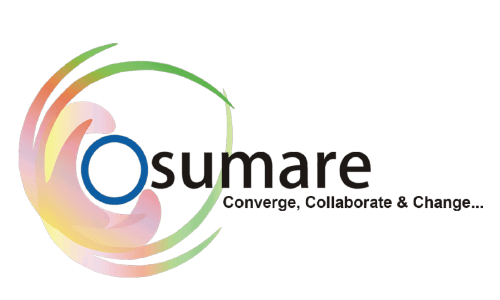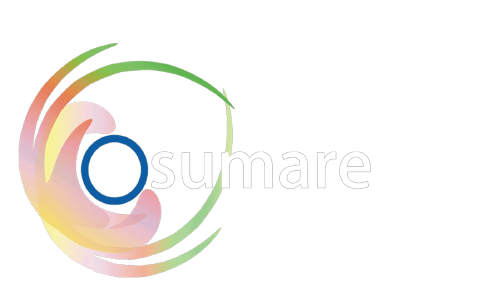In the evolving world of digital marketing, programmatic advertising has emerged as a game-changer, offering unparalleled precision and efficiency. As businesses strive to optimize their advertising strategies, understanding and leveraging programmatic advertising can significantly enhance their reach and ROI. This blog will explore how to effectively use programmatic advertising, incorporating essential keywords related to SEO and digital marketing in Nashik to ensure comprehensive coverage.
What is Programmatic Advertising?
Programmatic advertising refers to the automated buying and selling of online advertising space using software and data-driven algorithms. Unlike traditional advertising methods that involve manual negotiation and purchasing, programmatic advertising uses real-time bidding (RTB) and automated processes to place ads more efficiently and effectively.
Key Benefits of Programmatic Advertising:
- Efficiency: Automation streamlines the ad buying process, reducing the time and effort required for manual negotiations.
- Targeting: Advanced targeting options enable advertisers to reach specific audience segments based on demographics, behavior, and interests.
- Real-Time Optimization: Programmatic platforms allow for real-time adjustments to campaigns, optimizing performance based on data.
- Cost-Effectiveness: By leveraging data-driven insights, advertisers can optimize their spend and achieve better ROI.
Steps to Effectively Use Programmatic Advertising
1. Define Your Goals and Objectives
When defining goals, consider various aspects of your business and marketing efforts. Are you looking to enhance brand awareness, drive more qualified leads, or boost sales conversions? Each goal will require a different approach and set of tactics.

2. Choose the Right Programmatic Platform

Choosing the right programmatic platform is crucial for maximizing the efficiency and effectiveness of your digital advertising campaigns. With a multitude of options available, it’s essential to select a platform that aligns with your specific needs and objectives. Start by evaluating the features and capabilities of each platform, such as inventory quality, targeting options, and ease of integration with other tools. Consider platforms that offer robust data analytics and reporting capabilities to track performance and optimize campaigns effectively.
Additionally, look for platforms that support the type of programmatic advertising you want to pursue, whether it’s display, video, native, or mobile. Ensure that the platform provides access to your target audience through its ad exchanges and networks. Compatibility with your existing systems and tools is also vital for seamless implementation and management.
3.Leverage Data and Audience Segmentation
Leveraging data and audience segmentation is a powerful strategy in programmatic advertising that enables you to deliver highly targeted and personalized ad experiences. By analyzing data from various sources, such as web analytics, CRM systems, and social media insights, you can gain a deep understanding of your audience’s behaviors, preferences, and demographics. This information allows you to create detailed audience segments based on factors like interests, purchase history, geographic location, and online activity.
Once you have defined these segments, you can tailor your ad creatives and messaging to resonate with each specific group. For example, you might create distinct ads for high-value customers, new prospects, or users who have abandoned their shopping carts. By delivering relevant content to each segment, you increase the likelihood of engagement and conversions.
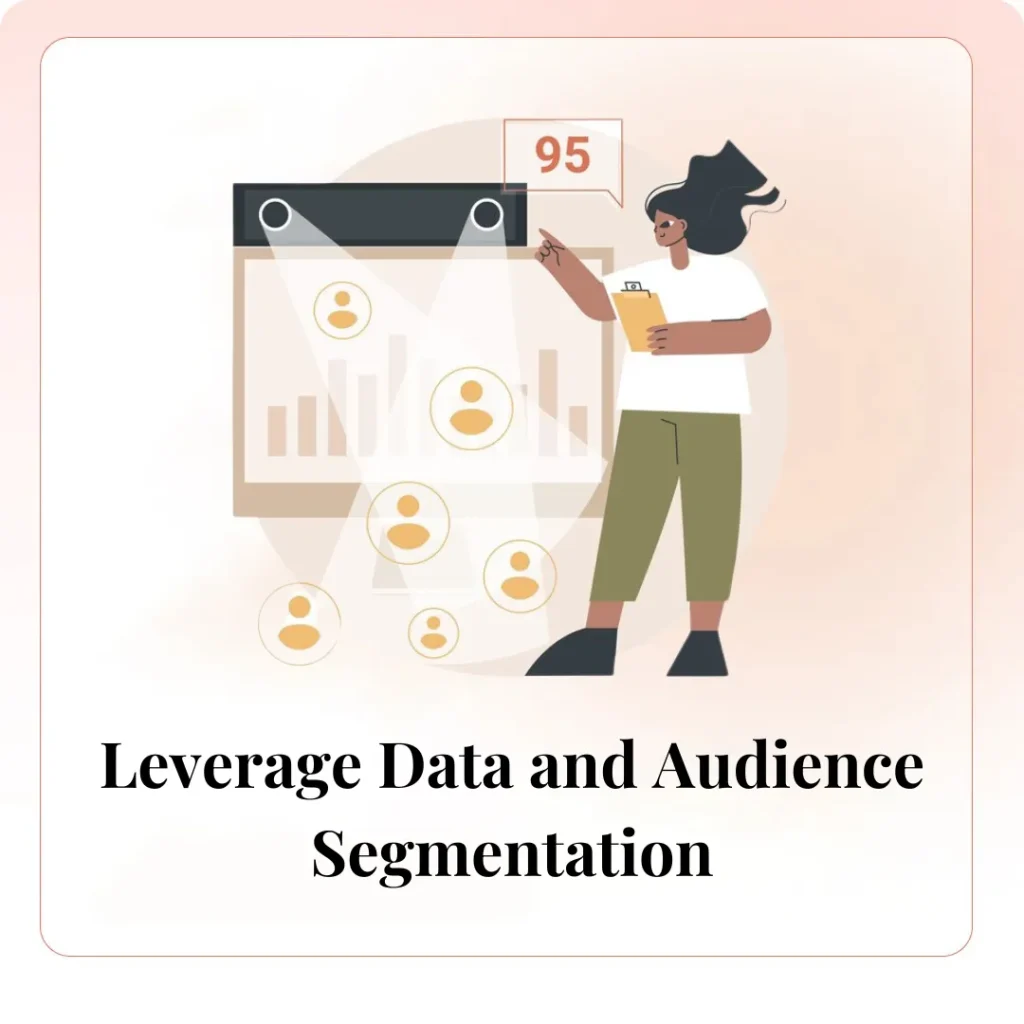
4. Create Engaging Ad Creatives

Creating engaging ad creatives is crucial to capturing the attention of your target audience and driving effective results in programmatic advertising. Ad creatives are the visual and textual elements of your ads that communicate your brand’s message, offer, or call-to-action. To make them stand out and resonate with your audience, consider the following strategies:
Craft a Compelling Message: Your ad should convey a clear, concise message that highlights the value proposition of your product or service. Focus on what makes your offer unique and why it benefits the audience. Use persuasive language and a strong call-to-action to encourage users to take the next step.
Design Visually Appealing Graphics: Invest in high-quality, eye-catching visuals that align with your brand identity. Use bold colors, striking images, and dynamic layouts to grab attention and differentiate your ads from the competition. Ensure that your design elements are consistent with your overall brand aesthetics.
5. Set Up Real-Time Bidding (RTB)
Setting up Real-Time Bidding (RTB) is a critical component of a successful programmatic advertising strategy. RTB allows you to buy and sell ad inventory in real-time auctions, optimizing ad placement and cost efficiency. Here’s how to effectively set up RTB:
Choose the Right RTB Platform: Start by selecting an RTB platform or Demand-Side Platform (DSP) that aligns with your campaign goals and budget. Look for platforms that offer robust targeting options, comprehensive analytics, and seamless integration with your existing marketing tools.
Define Targeting Parameters: Configure your RTB settings to ensure your ads reach the right audience. Set up detailed targeting criteria based on demographics, interests, geographic locations, and user behavior. Accurate targeting helps you reach potential customers who are more likely to engage with your ads.

6. Monitor and Optimize Campaigns
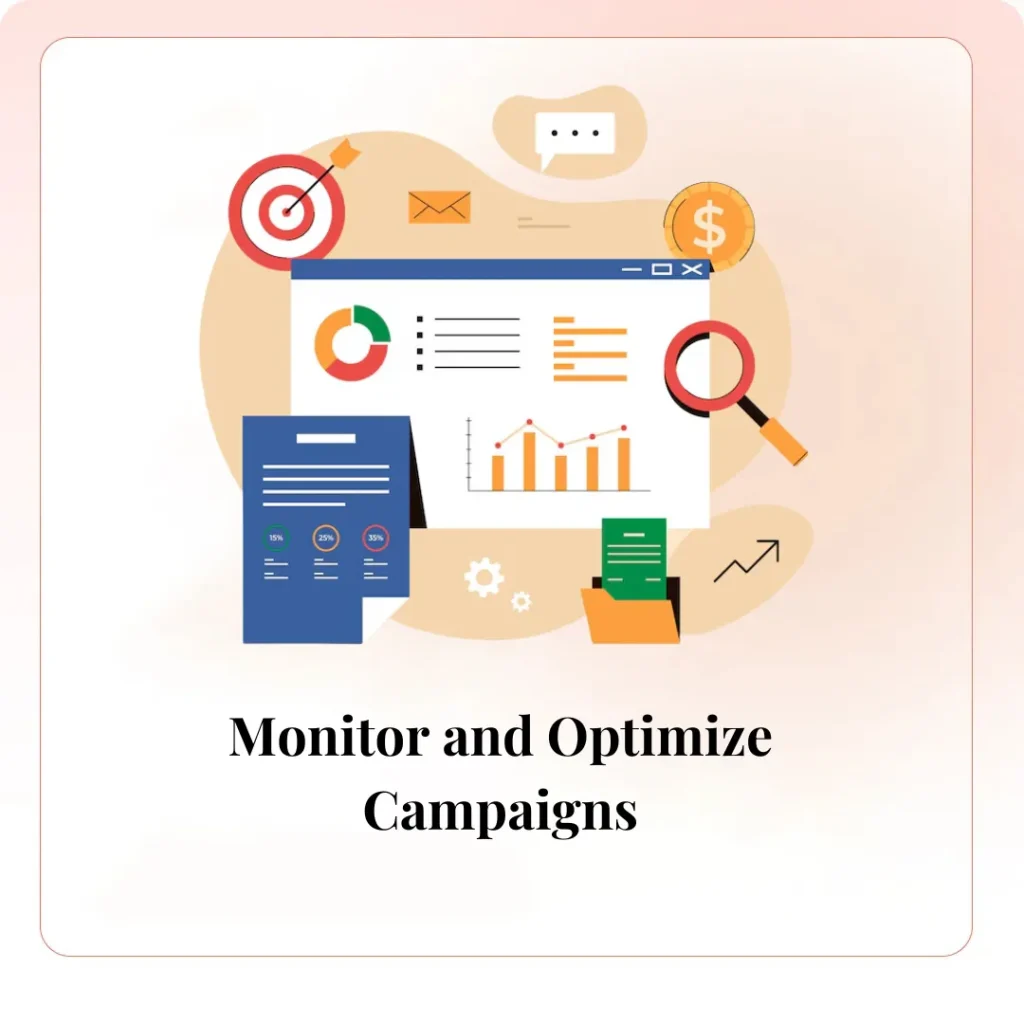
- Track Key Metrics: Regularly review performance metrics such as impressions, clicks, conversions, and Cost Per Acquisition (CPA). Use these metrics to gauge the effectiveness of your campaigns and identify areas for improvement. Most programmatic platforms provide detailed dashboards and reports to facilitate this process.
- Analyze Data Insights: Dive deep into data insights to understand audience behavior and campaign performance. Look for patterns and trends that can inform your strategy. For instance, if certain demographics or geographic locations show higher engagement rates, consider reallocating your budget to capitalize on these opportunities.
7. Measure ROI and Success
Evaluate Key Performance Indicators (KPIs): Review KPIs such as conversion rates, click-through rates (CTR), Cost Per Click (CPC), and Cost Per Acquisition (CPA) to assess campaign performance. These metrics help you understand how well your ads are performing and whether they are achieving your desired outcomes.
Analyze Customer Lifetime Value (CLV): Assess the long-term value generated from customers acquired through your programmatic ads. If your ads are driving high-value customers who make repeat purchases, this can significantly enhance the overall ROI of your campaigns.
Compare Against Benchmarks: Benchmark your campaign results against industry standards and historical data. This comparison helps you understand how your campaigns stack up against competitors and identify areas for improvement.
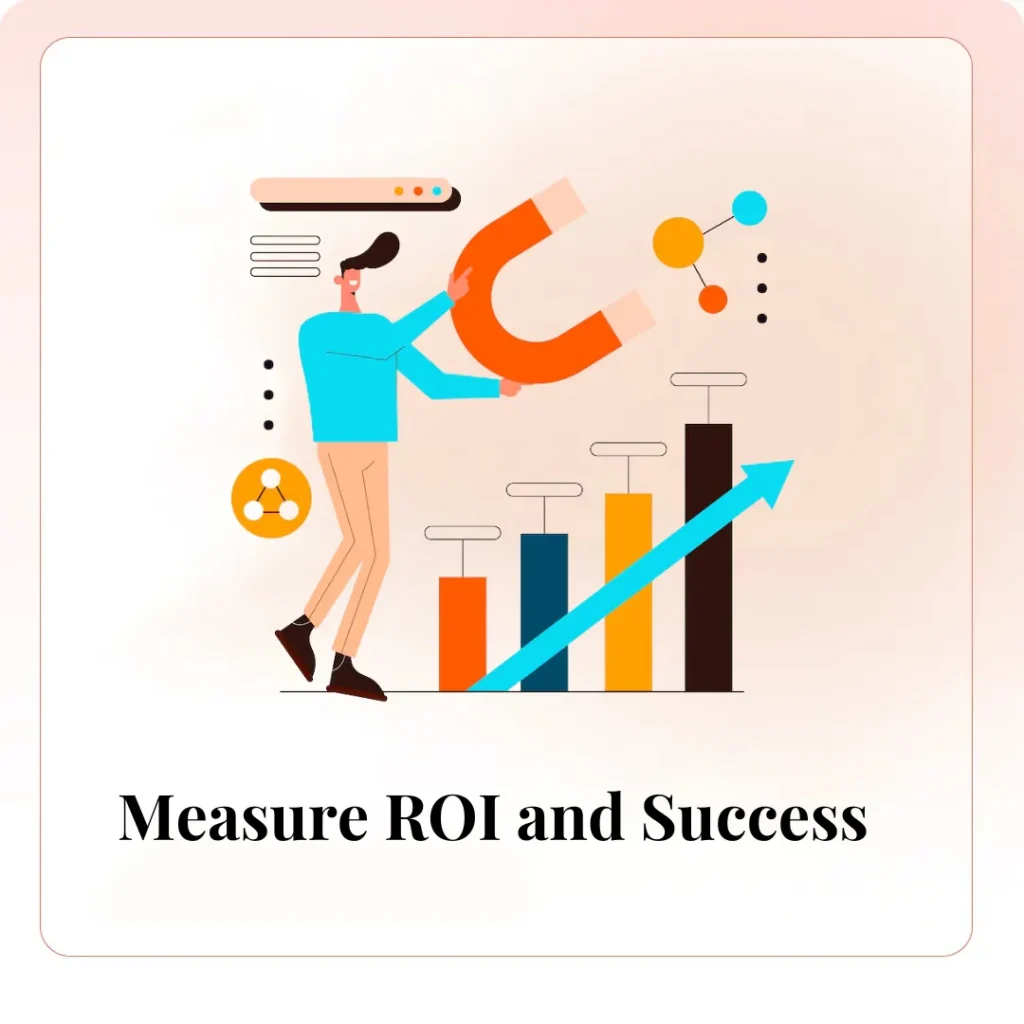
Conclusion
n the rapidly evolving world of digital marketing, leveraging programmatic advertising is essential for staying ahead of the competition and maximizing your return on investment. By defining clear goals, choosing the right platforms, utilizing data and audience segmentation, crafting engaging ad creatives, setting up real-time bidding, and continuously optimizing your campaigns, you can achieve significant improvements in your advertising efforts.
For businesses in Nashik, working with the best digital marketing agencies can further enhance your programmatic advertising strategy. Whether you are looking for the Best SEO companies in Nashik, Top SEO companies in Nashik, or any of the Top 10 SEO companies in Nashik, partnering with leading experts can help you navigate the complexities of programmatic advertising and achieve optimal results.
For more information, visit us at nashik.osumare.com and discover how we can help you leverage programmatic advertising to its full potential.
